Big Bend Kayaking – River Trip on the Rio Grande
Big Bend National Park is a place of untamed beauty and adventure, and at the heart of it all lies the majestic Rio Grande. This remarkable river forms the natural border between the United States and Mexico and is responsible for the unique shape of Texas itself. In fact, it’s the bend in the Rio Grande that gives the park its name, and exploring this iconic river should be at the top of your list of things to do in Big Bend National Park.
This post contains affiliate links. If you make a purchase through one of our links we may make a small commission at no extra charge to you. Thanks!
Table of Contents
Can You Go Kayking in Big Bend National Park?
While Big Bend abounds with hiking opportunities, don’t miss the chance to float the Rio Grande, whether by kayak or canoe. Embarking on a river trip unlocks access to remote corners of the park that may be otherwise challenging to reach on foot.
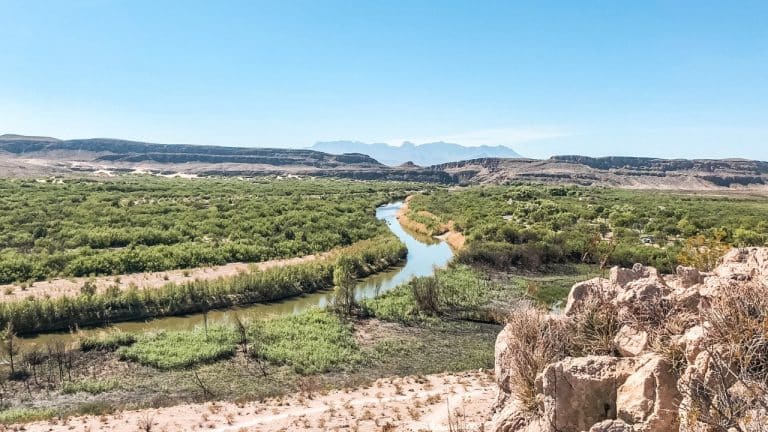
The river’s navigability caters to paddlers with a wide range of skills, making it an ideal choice for both beginners and intermediate kayakers, especially when water levels are within the normal range. Whether you bring your vessel or opt for a guided tour with local outfitters, the experience promises to be unforgettable!
Best Time to Visit Big Bend National Park
When planning a kayaking adventure in Big Bend National Park, timing is essential for a safe and enjoyable experience. Several factors should be considered.
Weather Conditions: Big Bend National Park is known for its extreme weather, with scorching summers and cool winters. To make the most of your kayaking trip, it’s advisable to visit during the milder months. The best times to kayak in terms of weather are typically late fall (October to November) and early spring (February to March). During these periods, the temperatures are more moderate, making for a comfortable paddling experience.
Water Levels: The Rio Grande’s water levels can vary significantly throughout the year. To enjoy your kayaking adventure to the fullest, aim to visit when water levels are adequate but not overly high. Checking the current cfs rates on the official National Park Service website is highly recommended to gauge river conditions.
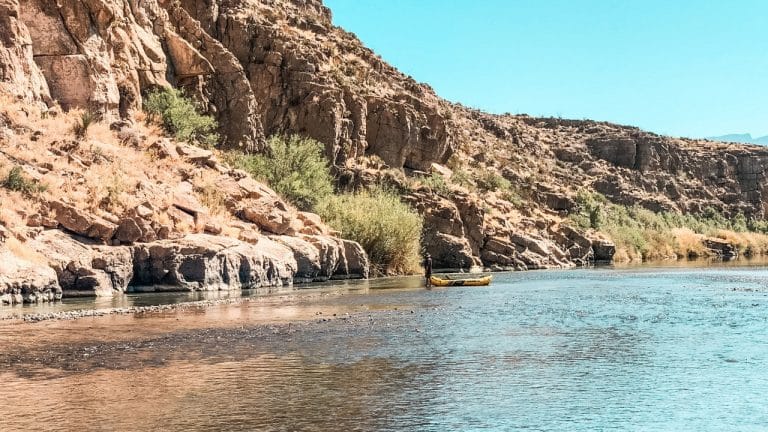
Peak and Off-Peak Seasons: Big Bend National Park experiences peak visitation during the fall and spring, coinciding with the milder weather. While these seasons offer comfortable conditions for kayaking, they can also be crowded, especially during holidays and weekends. If you prefer a quieter experience and can tolerate the summer heat, the off-peak season, particularly late spring or early summer, might be a good option. However, be prepared for high temperatures and plan your excursions accordingly to avoid the heat of the day.
Wildlife Viewing: Consider your interests when choosing the time of year for kayaking. Birdwatchers, for example, may find the late fall or early spring to be the best time to visit as these periods are prime for bird migrations. The park’s diverse wildlife and flora offer unique experiences at different times of the year.
Big Bend Kayaking – Bring Your Own Vessel
If you have a kayak or a canoe, you can bring it along on your trip! Big Bend National Park offers multiple accessible launch points within the park, providing the flexibility to choose the one that best suits your preferences and itinerary. Whether you’re looking for a serene journey through canyons or a more adventurous exploration of the river’s diverse landscapes, bringing your own vessel allows you to tailor your experience to your liking.
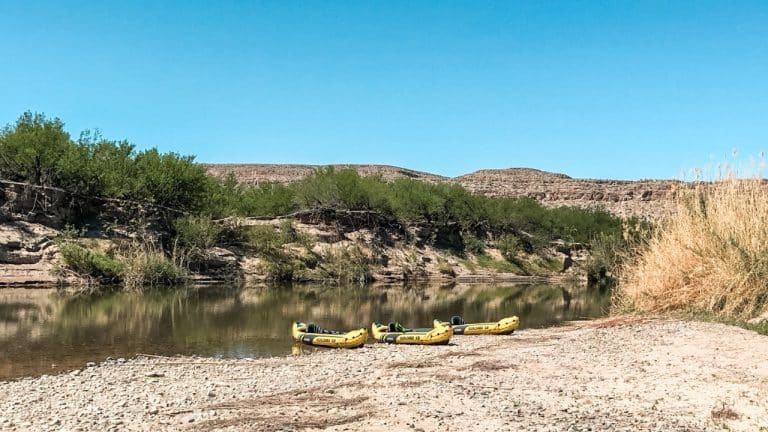
Obtain a Backcountry Use Permit
Before setting out on your river trip, ensure you obtain a backcountry use permit for operating a watercraft on the Rio Grande within Big Bend National Park or downstream on the Rio Grande Wild and Scenic River.
These permits are available at the Chisos Basin or Panther Junction Visitor Centers, and the process is straightforward. A park ranger will inquire about your intended route, schedule, and equipment, ensuring you’re well-prepared for your adventure. If you have booked a trip with a local outfitter they take of everything for you so obtaining a permit isn’t something you’ll likely need to worry about.
For detailed information about permits, visit the National Park’s website here.
Required Gear for River Trips
Safety is paramount when paddling the Rio Grande. Make sure to have the following items:
- Personal Flotation Device (PFD): A USCG-approved PFD is mandatory for each person and must be worn in Class II or greater whitewater.
- Extra PFD per group.
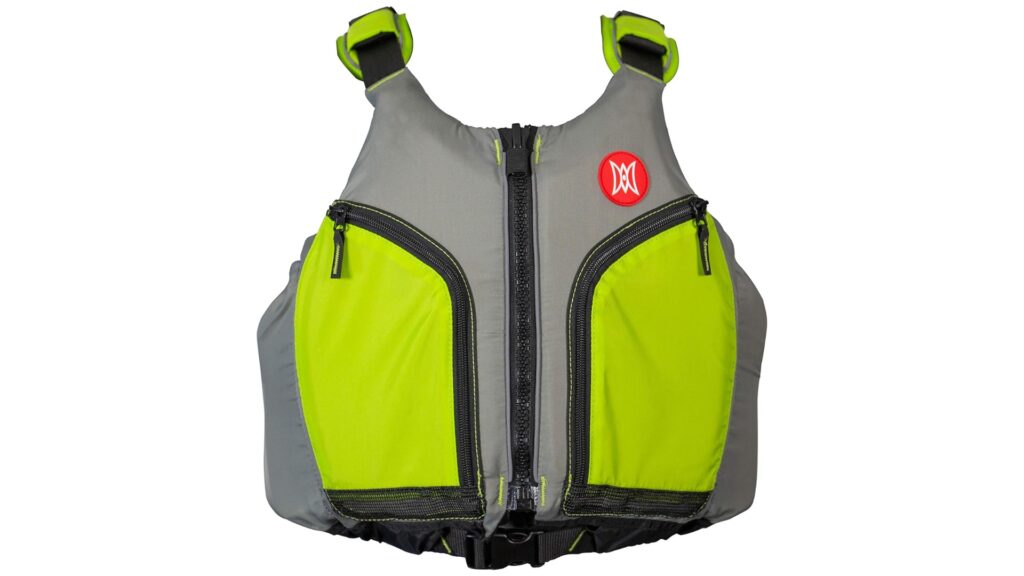
- Extra Paddles: Each vessel must carry an additional paddle or oar.
- Safe Load: Don’t exceed your boat’s weight or capacity.
- Patch Kit: When navigating through major canyons, a pump and patch kit are necessary for those with inflatable vessels.

Additional Required Gear for Overnight and Multi-day River Trips
In addition to the required gear listed above, any overnight and multi-day river tours will need a couple extra items:
- Waste Systems: Each group needs an appropriate waste containment system, such as personal chemical bagged waste containment system or an RV dump station compatible system.
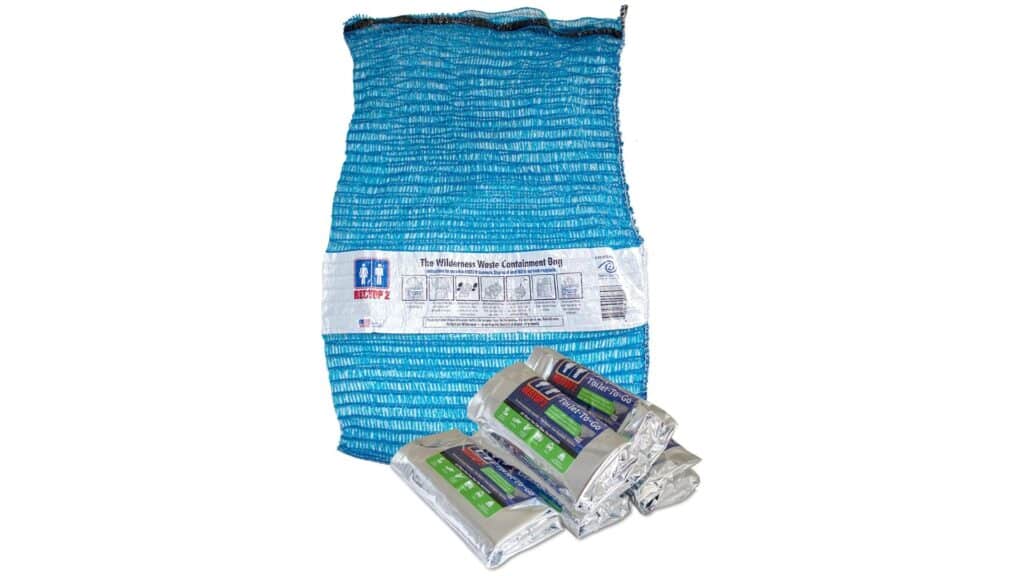
- Fire Pan: Carrying a fire pan with a minimum 2-inch rim is required and essential for containing fires. Any unused charcoal must be packed out.
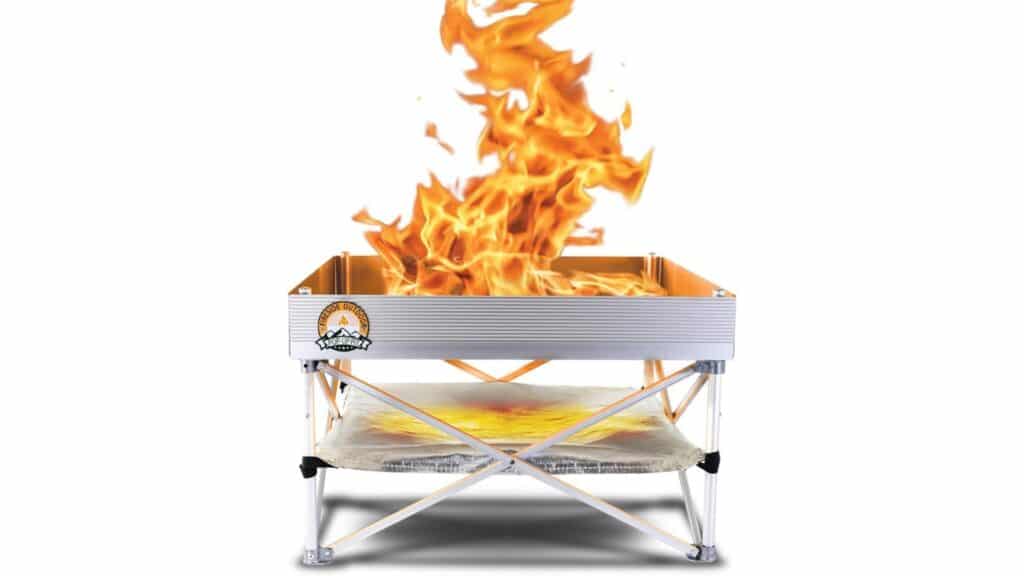
River Navigation and Maps
The Big Bend Natural History Association has several river guides for different sections of the Rio Grande. The guides include full-color maps and photos on laminated pages for easy reading during your float trip.
Where to Launch a Kayak in Big Bend National Park
Big Bend National Park offers several picturesque launch points for kayaking and canoeing along the Rio Grande. Here are some key locations where you can start your river adventure within the park.
Rio Grande Village
This area is a popular choice for kayakers, especially if you’re staying at the Rio Grande Village Campground. A convenient launch area near the campground grants easy access to the river, with stunning views of the surrounding cliffs and the river’s beauty.
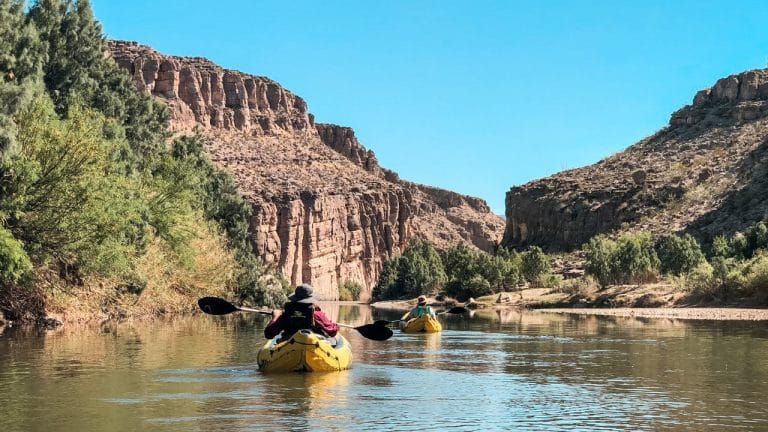
We personally chose this spot for our kayaking adventure since we were camping at the Rio Grande Village Campground. Paddling upstream, we marveled at the towering cliffs and even witnessed a man herding goats across the river in Mexico. This is a an excellent option if you only have one vehicle as you can easily do a “boomerang” trip.
Santa Elena Canyon
Santa Elena Canyon is one of the iconic, must-visit locations in Big Bend. You can launch your kayak near the mouth of the canyon, which is accessible from the Santa Elena Canyon Trailhead. This launch point offers the opportunity to paddle through the dramatic limestone walls of the canyon, providing a unique and memorable experience.
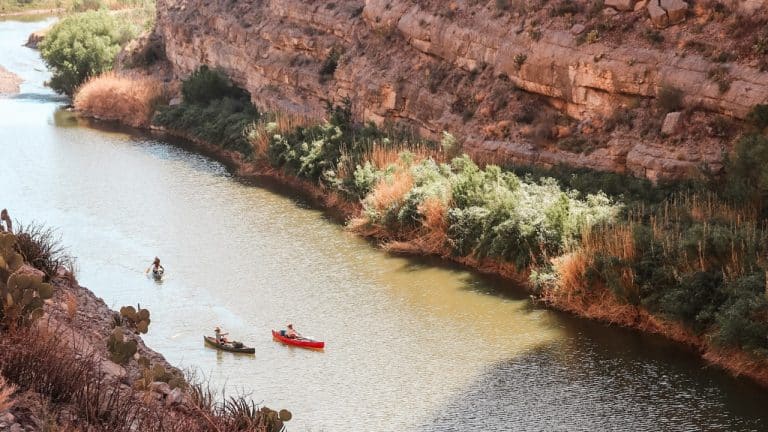
When starting from the trailhead, you’ll paddle upstream through the canyon for a few miles before returning downstream in what’s commonly referred to as a “boomerang” trip. This route is particularly well-suited for those with a single vehicle or those looking to avoid shuttle costs.
Boquillas Canyon
Escape the hustle of daily life with a relaxing two to four-day river trip through Boquillas Canyon. Enjoy camping by the tranquil river and gazing up at the 1,200-foot canyon walls.
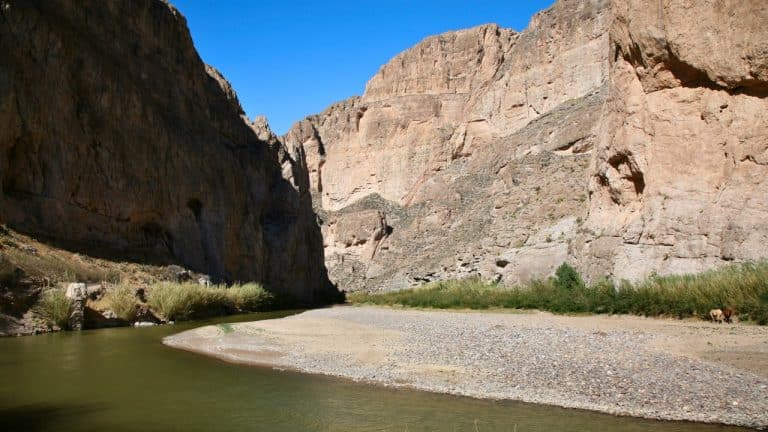
The trip can begin from the Rio Grande Village river access (as mentioned above) or the alternative Daniels’ Ranch put-in. The adventure concludes at the Heath Canyon take-out on the U.S. side of the river, just downstream of the La Linda bridge. Ensure you obtain permission by contacting Heath Canyon Ranch if you plan to take out at Heath Canyon.
Hot Springs Canyon
Enjoy a serene half-day float trip through Hot Springs Canyon, suitable for kayakers of all skill levels. Launch your kayak at the river put-in near the Gravel Pit campsites along the River Road East (requires a high-clearance vehicle). Drift through open desert landscapes, passing by the historic Langford Hot Springs, and into the charming Hot Springs Canyon. The approximately 5-mile trip maintains a gentle pace at most river levels.
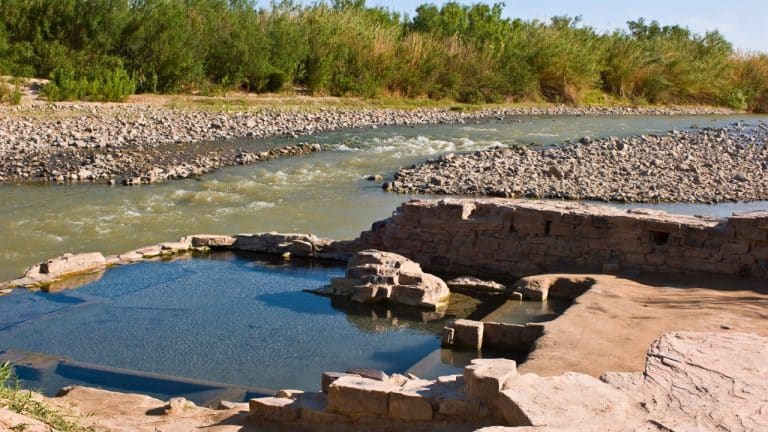
Plan for either two vehicles or arrange a guided trip or shuttle service with a local outfitter since overnight camping isn’t permitted in this section. This section provides an opportunity for a peaceful and rejuvenating kayaking experience in the heart of Big Bend National Park.
Big Bend River Tours with a Local Outfitter
If you don’t have your own equipment or prefer a guided experience, several outfitters in Terlingua and Lajitas offer rentals and guided tours. Booking in advance is advisable during peak seasons, as these options tend to fill up quickly.
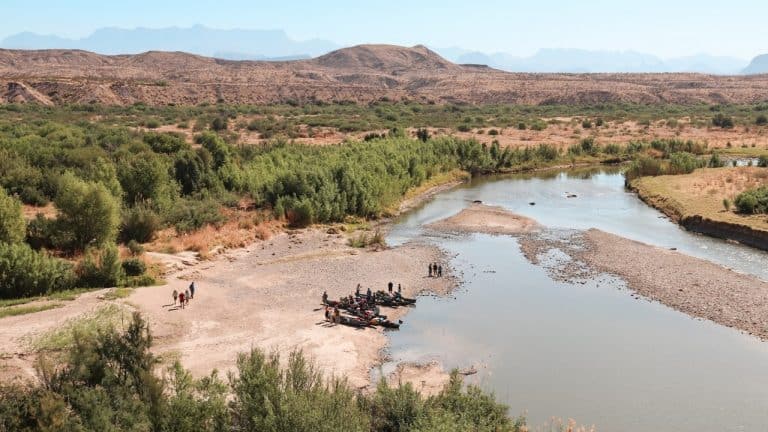
The advantage of choosing a guided river tour is their intimate knowledge of the Big Bend area, including water levels, routes, and noteworthy sights. They also provide all the necessary gear and even offer shuttle services, eliminating the need to paddle back upstream. Some outfitters also offer various guided trips, such as hiking, mountain biking, jeep tours, and ATV adventures.
Big Bend River Tour Companies
Many of these outfitters have years of experience in the region and are well-equipped to cater to your needs. While we personally used our own kayaks, be sure to conduct thorough research to find a tour, trip, or guide that suits your preferences.
Gear to Bring on a Big Bend Kayaking Trip
In addition to the required gear, consider bringing the following items.
Clothing Recommendations
- Swimsuit and or quick-drying clothes
- Water sport sandals or shoes (Teva’s are an excellent choice)
- Lightweight sun-protective clothing
- Hat/visor – a wide brim hat with neck protection is ideal
- Sunglasses
Gear List
- Cooler stocked with plenty of water and snacks – there are some options that attach to your kayak seat
- Sunscreen
- Strap for glasses or sunglasses (a lifesaver for prescription wearers)
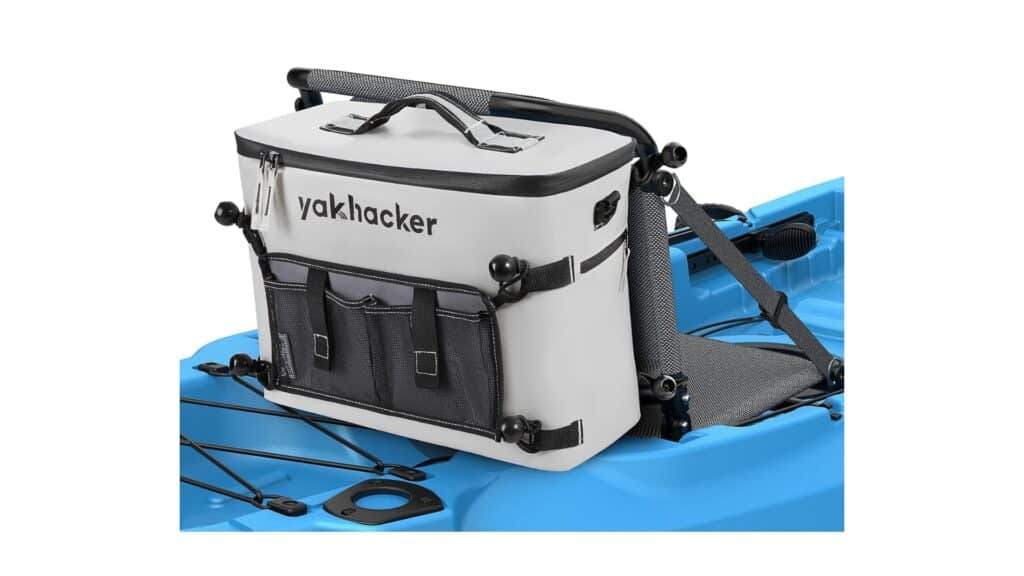
- Waterproof phone pouch with a strap for wearing around your neck.
- Dry bag for storing gear you don’t want to get wet
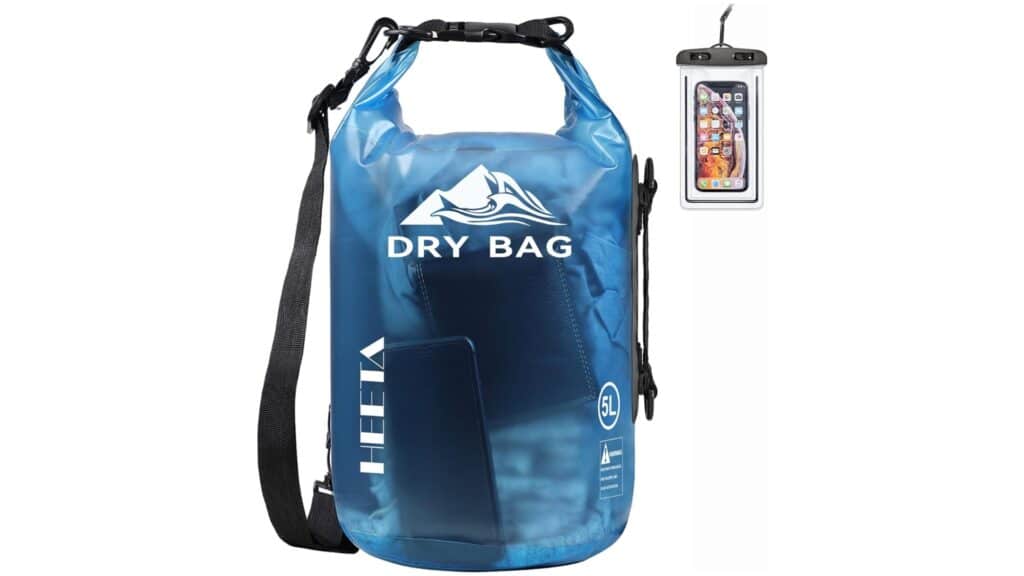
- Insect repellent.
- Lightweight towel
- Camera gear, like a GoPro to capture the adventure.
Enjoy Kayaking in Big Bend National Park
Kayaking in Big Bend National Park is an unforgettable experience! If you’re looking for the ultimate adventure, consider adding an overnight or multi-day kayaking trip to your Big Bend bucket list. There’s nothing quite like camping under the starry desert sky with no one else around—it’s a perfect way to immerse yourself in the natural wonders of this remarkable park.
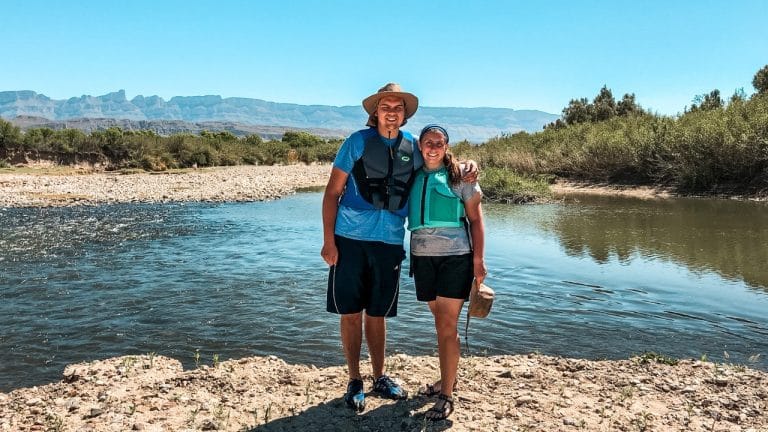
Whether you choose to navigate the river with your own equipment or opt for the expertise of local outfitters, the Rio Grande promises to be a highlight of your Big Bend National Park adventure.
More Things to do in Big Bend National Park
- Hiking the South Rim
- Hiking Lost Mine Trail
- Hiking Santa Elena Canyon
- Hiking to Balanced Rock
- Hiking the Chimneys Trail
- Best Places to Camp in Big Bend
Did you find this post helpful? Make sure to pin it so you can return to it later!
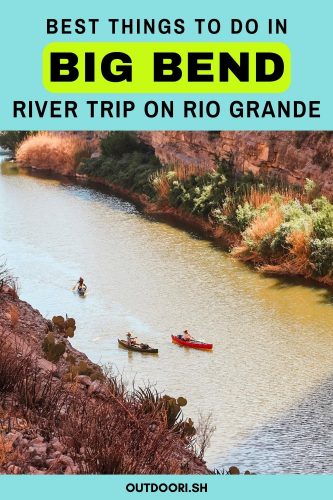
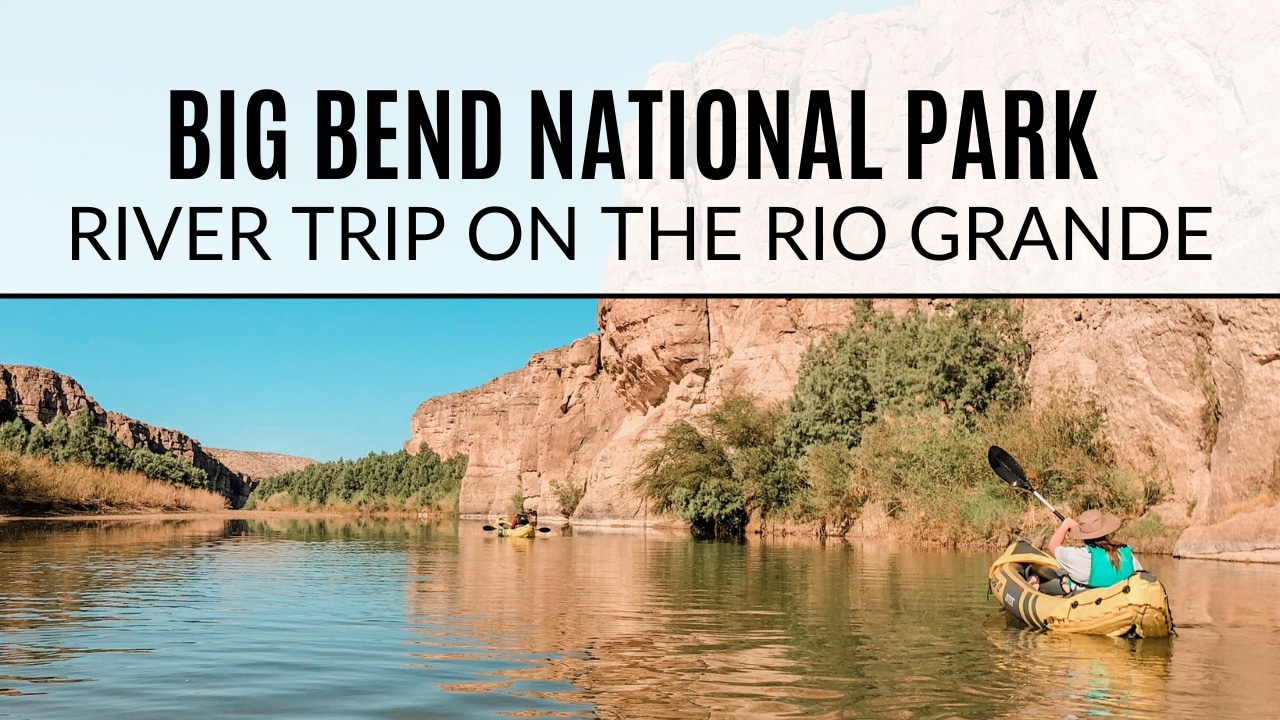
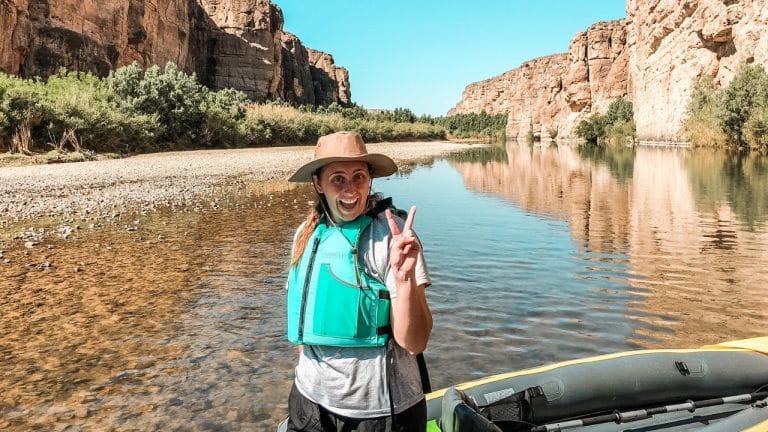
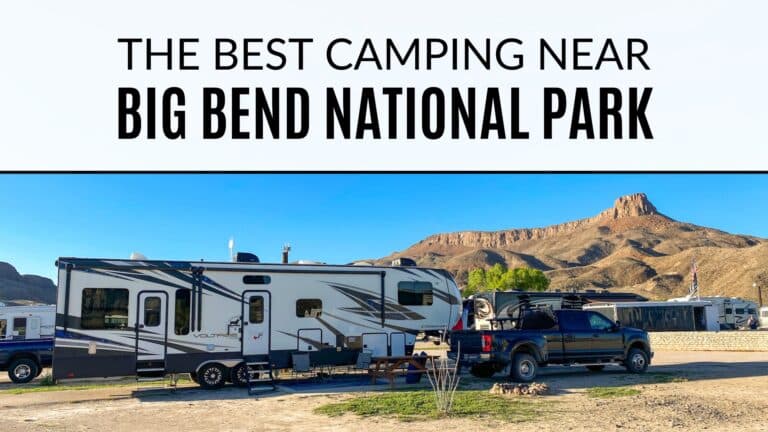
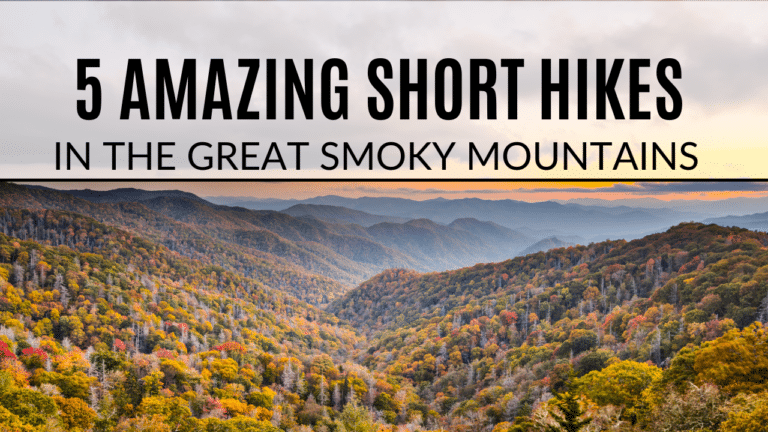
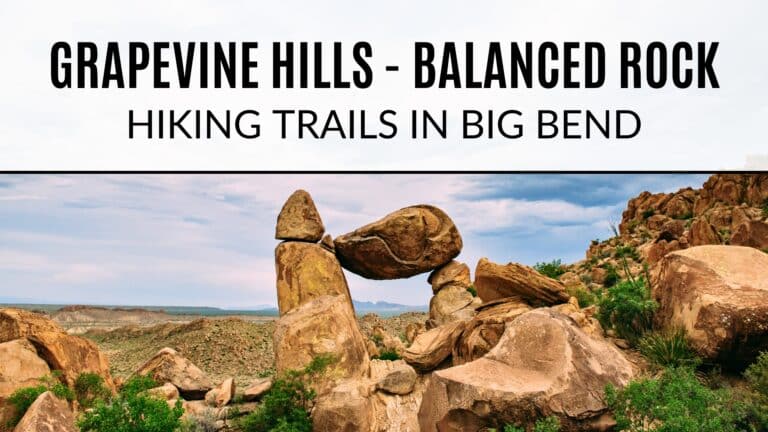

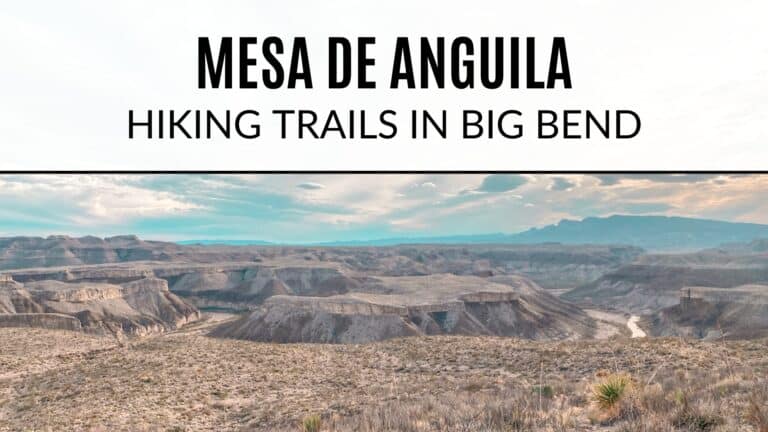

I LOVE that you can get on the water at this park and that it’s relatively easy to put in. Will definitely have to kayak this area!
Yes!! I’m sure there are some areas we haven’t even found yet to get in the water.
Ok, this sounds like SO much fun! We have an inflatable kayak but haven’t gotten to use it much yet.
Sounds like you need to make some plans to use it this summer!! 🙌🏼
Those views are breathtaking and the list of items to bring is extremely helpful. Thanks for sharing all these helpful tips!
TOTALLY GOING HERE!! I’m becoming obsessed and I haven’t even been there yet🤣 #bigbendanonymous 🤣
I would LOVE to kayak through here!!!! Crossing my fingers for when the kids are old enough!!!